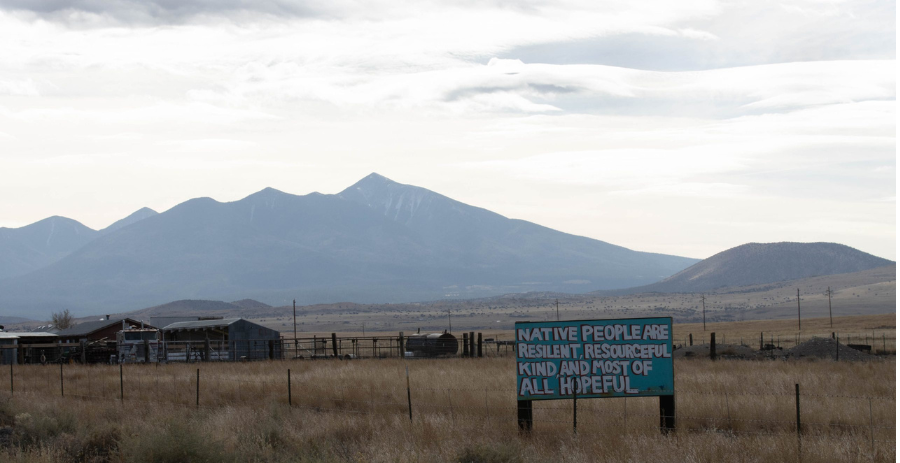Center for the Future of Arizona
Funding Freeze Hits Federal Diabetes Program Benefiting Arizona Native Americans

As the year draws to a close, stakeholders are sounding alarms over the potential expiration of federal funding for a crucial diabetes program that has seen significant success among Native Americans. Legislative inaction has left both healthcare providers and patients anxious about the future of these vital resources.
In Arizona, the prevalence of diabetes among Indigenous adults is striking, with 27% diagnosed compared to just 10% of their White counterparts, according to 2021 data from the Center for the Future of Arizona. This disparity has prompted urgent calls for the continuation of support.
Caitrin McCarron Shuy, director of government relations at the National Indian Health Board, emphasized the severe impact of discontinuing the Special Diabetes Program for Indians. “It would be very devastating to many tribal communities if the program wasn’t renewed, and it would be a huge loss for public health,” she stated.
From 2013 to 2017, the American Indian and Alaska Native population experienced the first-ever decrease in diabetes rates since the 1970s, a decline credited to the Special Diabetes Program, which was initiated in 1997 with bipartisan support. The program receives $150 million annually in grants for tribal diabetes initiatives, although funding has stagnated for two decades, diminishing its value by 40% due to inflation. Advocacy groups are urging Congress to increase funding to $250 million per year.
Carmen Hardin, director of the diabetes treatment and prevention division of the Indian Health Service, highlighted the positive outcomes generated by the program, but warned of dire consequences without continued support. “Ultimately, the Native people are the ones that will suffer,” she stressed.
Multiple requests for comment from aides to House Speaker Mike Johnson, R-Louisiana, regarding the stalled program went unanswered.
This year, Arizona received $32.5 million—22% of the national total—for 27 programs, most of which heavily depend on federal funding. These initiatives encompass treatment, prevention, education, and nutritional guidance tailored for diabetes management.
Congress last enacted a long-term renewal in 2004, which lasted until 2017. Since then, only short-term extensions have kept the program alive, with the latest amendment extending funding through December.
Rep. Diana DeGette, D-Colorado, chair of the bipartisan House Diabetes Caucus, underscored the importance of stable funding. “Our goal is to avoid short-term extensions,” she said. “They are bad for program managers and the patients they serve.”
Darin Prescott, deputy director of the Indian Health Service Division of Diabetes Treatment and Prevention, pointed out that staff turnover at rural programs exacerbates challenges tied to uncertain funding. Meanwhile, Winn Davis from the National Indian Health Board argued that a long-term extension is essential for stability among both patients and providers. He noted that the program saves approximately $88,000 per person and prevents countless cases of severe health complications like end-stage renal disease.
Hardin concurred, stating, “It’s very difficult to run a program when you only have one-year reauthorization.” She expressed that while they will make the most of whatever Congress provides, there is a strong hope for more substantial funding in the future.
















